Astronomers have long sought-after finer details of this cosmic web to explain the incredible rate of star formation
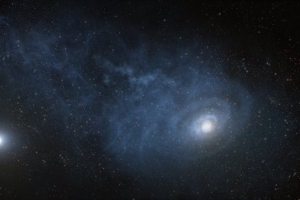 Deep Space
Deep Space

 Deep Space
Deep Space
Astronomers have long sought-after finer details of this cosmic web to explain the incredible rate of star formation
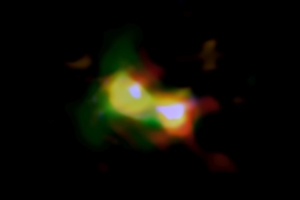 Deep Space
Deep Space
Two galaxies have been seen merging 13 billion years ago, less than a billion years after the Universe was born
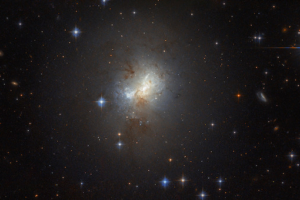 Deep Space
Deep Space
More unusually for its size, ESO 495-21 could have a supermassive black hole hiding at its core
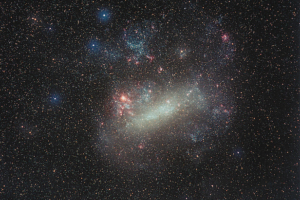 Astronomy
Astronomy
Analysis of the star’s chemical composition indicates that it could have originated from a dwarf galaxy that then merged with the Milky Way
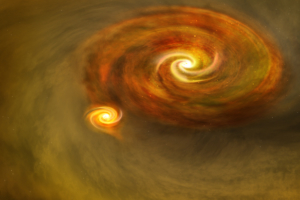 Deep Space
Deep Space
Astronomers have been able to simulate the closest and most massive young binary stellar system
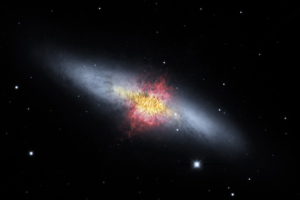 Deep Space
Deep Space
NASA’s airborne observatory has shown how galactic winds and magnetic fields could explain why the Cigar Galaxy is creating stars at an impressive rate
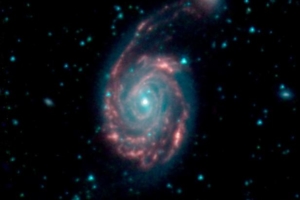 Deep Space
Deep Space
NASA’s Spitzer Space Telescopes has been watching galactic collisions unfold and understand what it means for their future
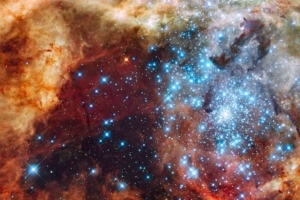 Deep Space
Deep Space
Using supercomputer simulations, this astronomer was able to understand how magnetic fields interact with stellar winds in star forming clouds
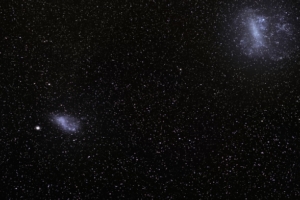 Deep Space
Deep Space
New simulations of distant dwarf galaxies show they can have their gas stolen by a larger galaxy, similar to the two Magellanic Clouds encompassing the Milky Way
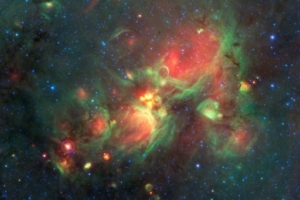 Deep Space
Deep Space
Undergraduate students of the University of Arizona searched 101 clouds of gas to find those that may be in the first phases of forming massive stars
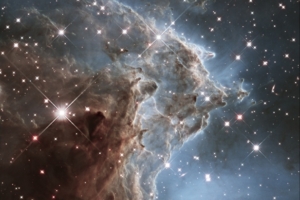 Deep Space
Deep Space
Researchers have developed computer simulations that show the evolution of stars from massive clouds of gas
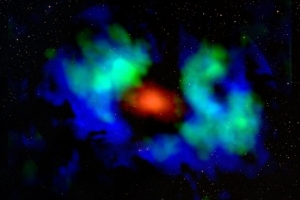 Deep Space
Deep Space
This discovery comes from observations of the developing star TMC1A, located in the constellation Taurus
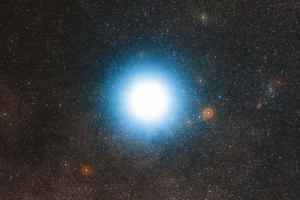 Deep Space
Deep Space
Stars are a fundamental part to our universe, but what purpose do they serve?
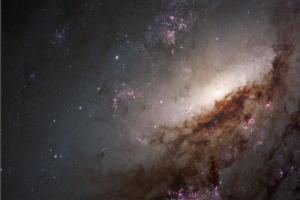 Deep Space
Deep Space
50 galaxies within our cosmic backyard have been studied extensively in visible and ultraviolet images
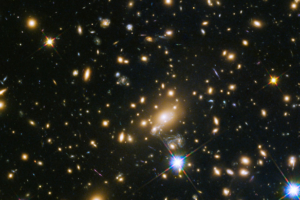 Deep Space
Deep Space
This oxygen detection provides strong evidence that star formation occurred just 250 million years after the Big Bang
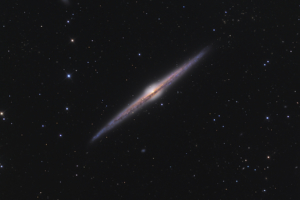 Deep Space
Deep Space
When observing galaxies very similar to the Milky Way, researchers have deduced that they are slowly expanding in size
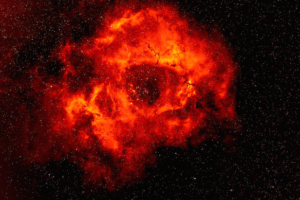 Deep Space
Deep Space
Computer simulations reveal why the size of the central cavity differs to the age of the inner stars unexpectedly
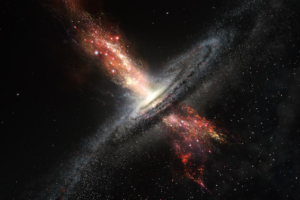 Deep Space
Deep Space
The theory can explain why stars are created in the most extreme cosmic environments
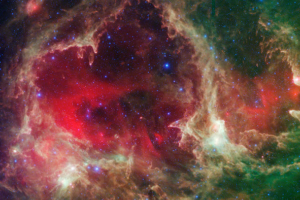 Deep Space
Deep Space
Analysing methanol molecules using radio astronomy can reveal how magnetic fields affect the formation of massive stars
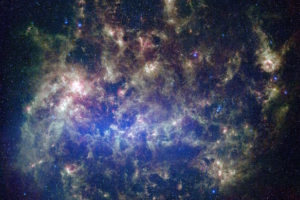 Deep Space
Deep Space
By using the stratospheric observatory SOFIA, researchers hope to see the birth of massive stars outside our Milky Way